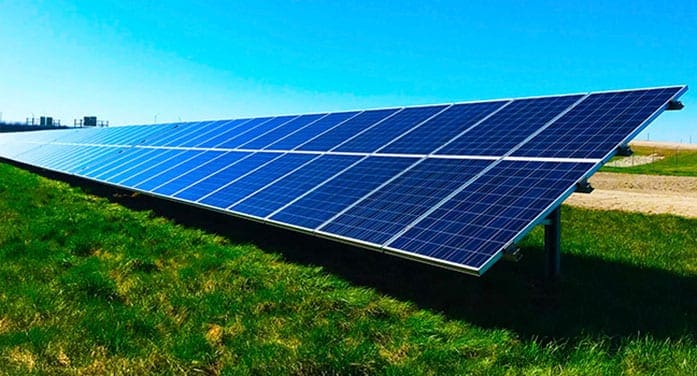 Energy outlook season is here. And it’s not rosy.
Energy outlook season is here. And it’s not rosy.
Global energy players and major stakeholders are out with their keenly-awaited and immensely researched outlooks.
COVID-19 has turned 2020 into an unusual year, carrying long-term ramifications for the energy world.
The Paris-based International Energy Agency has termed the pandemic a disruption not seen since the “world wars and the Great Depression.” Sketching the future, the IEA conceded it depends on:
- Will there be an effective vaccine for COVID-19 and, if so, when?
- Will the habits learned during the lockdown, such as remote working and aversions to flying, outlast the pandemic?
Answering these questions at this stage is virtually impossible. At best, you could use modelling to reach some conclusions.
Writing for Bloomberg, James Herron said the IEA attempted to cut through this knot by offering one main scenario in which the pandemic is brought under control next year, and another that features prolonged virus outbreaks and lockdowns.
The gulf between the two scenarios remains vast. In the former, global energy demand rebounds to its pre-crisis level in 2023. In the latter, it’s delayed until 2025 as the result of a prolonged pandemic and deeper slump.
But the IEA continues to be hopeful on some counts. Without a larger shift in policies, it’s still too early to foresee a rapid decline in oil demand. “The era of global oil demand growth will come to an end in the next decade,” Fatih Birol, IEA executive director, forcefully emphasized.
However, the World Economic Outlook for 2020 (WEO-2020) warns of supply risks in the wake of falling upstream oil and gas investment. That investment has fallen by a third globally this year and by half in the United States shale sector.
The report also provides interesting insights. Since power produced from solar photovoltaics has become cheaper than electricity from plants fired by fossil fuels in most countries, renewables would push coal off the grid, meeting 80 percent of demand growth to 2030.
By 2040, coal’s share of the energy mix will fall below 20 percent for the first time since the industrial revolution, WEO-2020 added.
“I see solar becoming the new king of the world’s electricity markets,” Birol said.
The U.S. Energy Information Agency (EIA), in its International Energy Outlook (IEO 2020), indicates that with Asia driving consumption, more than 50 percent of electricity in that continent could be generated from renewables by 2050.
In a major shift, the Organization of Petroleum Exporting Countries (OPEC), in its World Oil Outlook for 2020 released in early October, also conceded that global oil demand would plateau in the late 2030s and begin to decline afterward.
The Institute of Energy Economics, in Japan, released its outlook on Oct. 15. It says that due to slowing economic growth and less fuel demand for cars, aircraft and ships post-COVID-19, global oil demand would peak by around 2040.
Oil demand growth will end by 2030, oil major Total SE said in its outlook report.
BP, on the other hand, is of the view that oil demand growth has already peaked. Last year, BP projected global demand would peak by 2030. But in light of the pandemic, BP now says peak demand is already here or just around the corner.
The fog is dissipating and the way forward is getting clearer.
Toronto-based Rashid Husain Syed is a respected energy and political analyst. The Middle East is his area of focus. As well as writing for major local and global newspapers, Rashid is also a regular speaker at major international conferences. He has been asked to provide his perspective on global energy issues by both the Department of Energy in Washington and the International Energy Agency in Paris.
The views, opinions and positions expressed by columnists and contributors are the author’s alone. They do not inherently or expressly reflect the views, opinions and/or positions of our publication.


